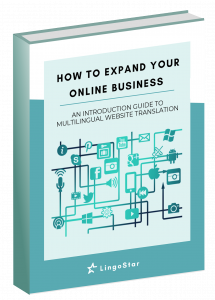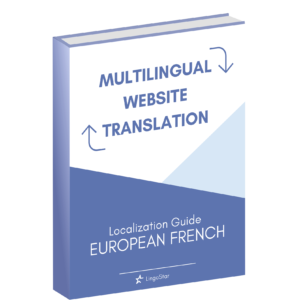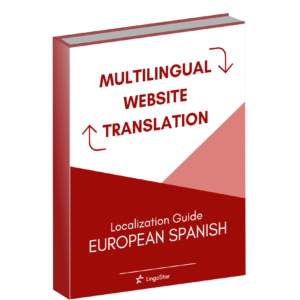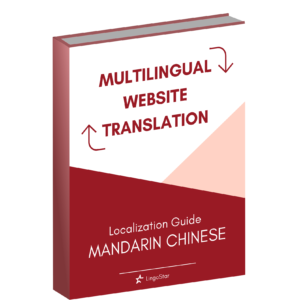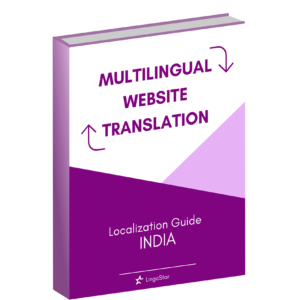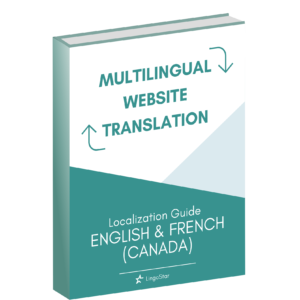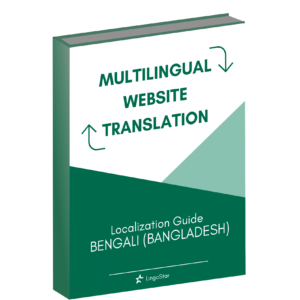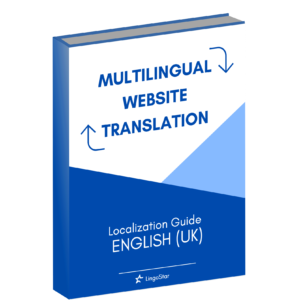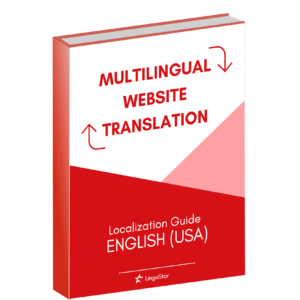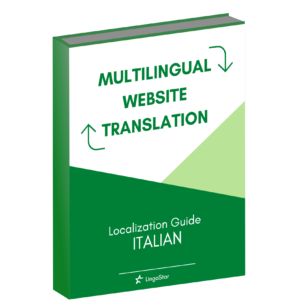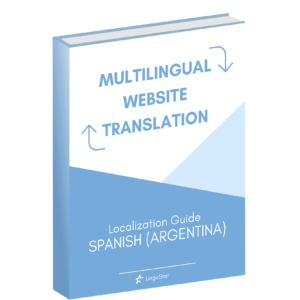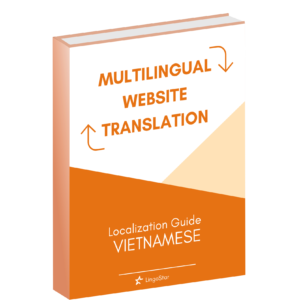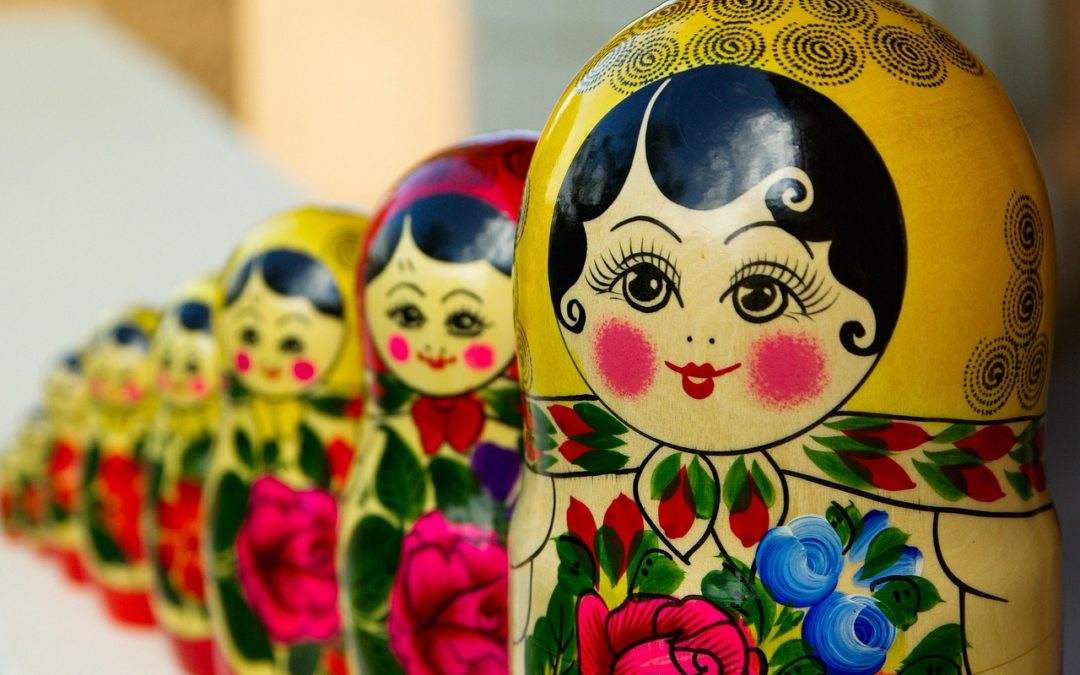
Multilingualism in Russia
Ethnic diversity and multilingualism in Russia Multilingualism in Russia has been a cornerstone of Russia’s cultural and political development throughout history. Much like the matryoshka doll, a worldwide symbol of Russian identity, the country comprises many interlocking languages and ethnic groups. This linguistic diversity offers a wealth of cultures and languages. However, it also presents challenges. Want to learn more? Keep reading! The historic roots of multilingualism in Russia From the Tsardom of Russia to the Russian Federation via Imperial Russia and the Soviet Union, multilingualism has always played a part in Russia’s history. Its vast territory brought together diverse peoples ranging from Eastern Europe to Northern Asia, resulting in a complex linguistic landscape that persists to this day. This legacy extended beyond Russia’s borders, especially into regions such as Moldova, shaped by centuries of Russian and Soviet influence. Following the annexation of Bessarabia (modern-day Moldova) by the Russian Empire and its subsequent integration into the Soviet Union, Russian became a dominant language in administration, education, and public life. Consequently, Moldova developed into a multilingual society. Nowadays, only Moldovan/Romanian is the official language; therefore, the majority of people speak it. However, Russian, Gagauz, Ukrainian and Bulgarian are also still spoken alongside Moldovan/Romanian. Russian remains influential, particularly in regions such as Gagauzia and Transnistria, reflecting the enduring impact of Russia’s multilingual and imperial past. Multilingualism in today’s Russia As the largest country in the world, Russia is home to multiple ethnic groups with their own languages and cultures. Around 190 ethnic groups speak between 100 and 150 different languages. Below is a non-exhaustive list of some of them: Armenian, Bashkir, Chuvash,...
